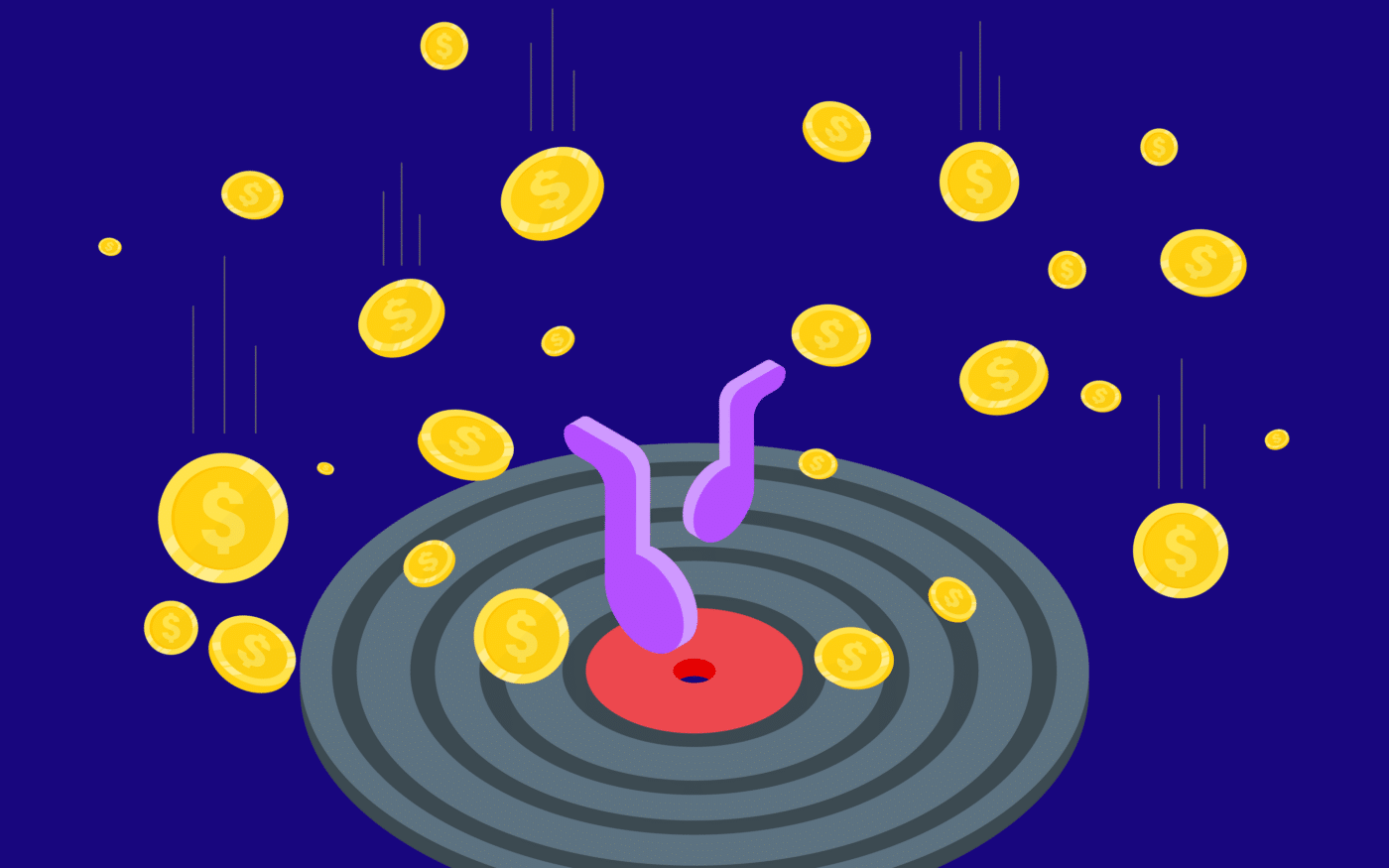Can radio stations play any song? This seemingly simple question delves deep into the intricate world of licensing, copyright, and the music industry’s vast ecosystem. While the allure of cranking up the volume and belting out our favorite tunes is universal, the legalities governing what can and cannot be played on the airwaves reveal a nuanced landscape that often surprises even the most ardent music enthusiasts.
Firstly, it’s crucial to understand the role of licensing in the broadcast of music on radio stations. Many listeners may not realize that radio stations cannot simply pick any song and start playing it. Instead, they must navigate a complex web of licenses that allow them to broadcast copyrighted music legally. The music industry operates under a system of rights that ensures artists, lyricists, producers, and other stakeholders receive compensation for their creative works.
At the heart of this licensing system are organizations known as Performing Rights Organizations (PROs), such as ASCAP, BMI, and SESAC in the United States. These organizations administer the rights of songwriters and publishers, enabling radio stations to play their music through blanket licenses. This arrangement allows stations to pay a fee to the PRO, granting them the right to play any music in the PRO’s catalogue without needing individual approvals for each song. However, this is just the tip of the iceberg.
Different types of licenses come into play depending on the context of the broadcast. For instance, local, commercial radio stations might require various licenses compared to college or internet-based stations. Each type of station has its own unique set of challenges and requirements, leading to different operational strategies. This system helps to maintain a balance between free expression on the airwaves and the financial realities of those who create the music we love.
Moreover, when it comes to the question of genre, one might wonder whether certain types of music are more readily embraced by radio stations. For the most part, radio stations prioritize music that resonates with their target audience. For instance, a Top 40 station is unlikely to play obscure indie artists unless they’ve found a way into the mainstream. Curating playlists that align with audience preferences serves not only as a means to attract listeners but also as a need to fulfill contractual obligations and avoid penalties.
What about the eccentricities of playing live performances or remixes? Here lies another twist in the licensing narrative. If a radio station wishes to broadcast a live performance or a remix of a song, additional permissions may be required. This is particularly salient when dealing with remixes or covers, which may infringe on the original artist’s copyright without proper licensing. Furthermore, stations must also be cautious of any sampling in music, which can lead to a labyrinth of permissions and potential legal consequences if not properly managed.
The emergence of digital platforms and streaming services has also influenced what radio stations can and cannot play. As more listeners gravitate towards on-demand platforms for their music consumption, traditional radio must adapt to the shifting tides. This evolution not only impacts how music is played but also how artists promote their work and engage with fans. Surprisingly, while most radio stations still adhere to traditional playlists, they’ve begun to incorporate data and analytics from streaming services to predict which songs will resonate most with their listeners. This melding of old and new may alter how songs gain traction and popularity.
But herein lies a quandary: can radio stations, which have served as musical tastemakers for decades, reclaim their authoritative role in the industry? Will radio continue to be a viable platform for emerging artists, or will it primarily cater to populist tastes, primarily dictated by market economics?
In a world dominated by algorithms, where playlists and listening habits are meticulously tracked, radio might have to rethink its identity. The shift toward online platforms and podcasts isn’t just an ephemeral trend; it hints at a broader reconfiguration of how we understand music consumption. In this climate, the battle to feature diverse and eclectic music on the airwaves remains paramount.
A palpable tension exists between the need for dynamic, fresh content and the established system that governs it. There is a delicate equilibrium to be maintained; stations must satisfy advertisers while fostering a rich musical dialogue that spans genres and tastes. Could radio stations tap into more grassroots initiatives, showcasing local musicians in a bid to invigorate their programming? This approach could forge stronger ties within communities while allowing burgeoning artists to reach wider audiences.
In conclusion, the answer to the question, “Can radio stations play any song?” is resoundingly complex. While the music industry provides mechanisms for radio stations to play countless songs, the road from the artist’s studio to the radio antenna is fraught with legal and logistical challenges. The interplay between rights management, audience preferences, and the evolving music landscape invites us to reconsider our relationship with radio as both a medium and a cultural artifact. Understanding these dynamics enriches our appreciation of the sounds that fill our airwaves and compels us to rethink the essence of music discovery in a digital world.
